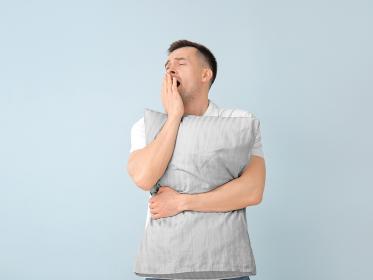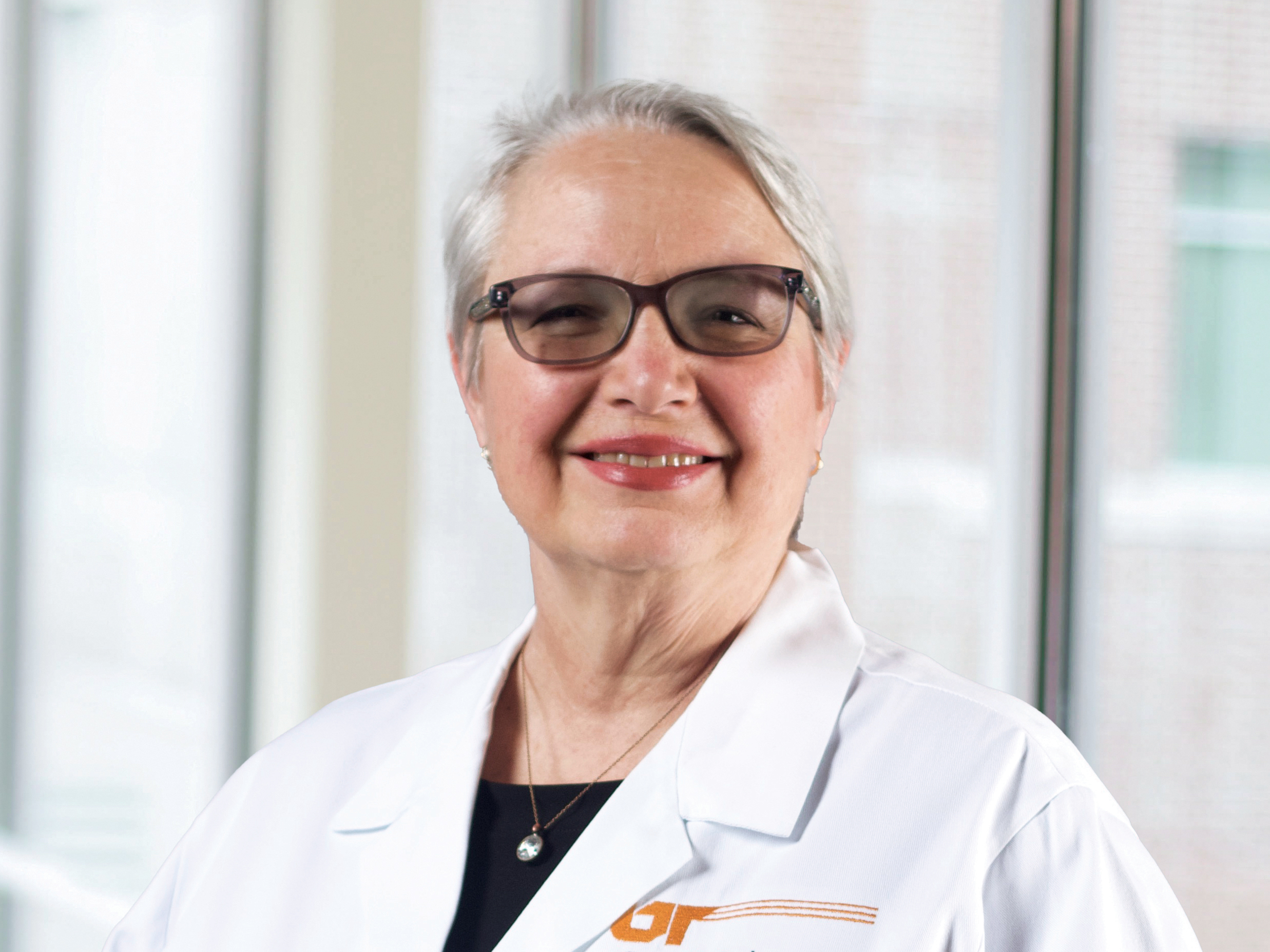Narcolepsy /Other Hypersomnias (Excessive Sleep)
These refer to a group of disorders for which excessive daytime sleepiness is the core symptom, but due to insufficient sleep (sleep deprivation), disturbed nocturnal sleep, insomnia, circadian rhythm disorders, sleep-related breathing (sleep apnea) disorders or medical issues.
In narcolepsy, other symptoms beside excessive daytime sleepiness are present, and there is a tendency to fall asleep directly or extremely rapidly into Rapid Eye Movement (REM) Sleep (dreaming sleep).
Hypersomnia is a term that refers either to an excessive quantity of daily sleep or a difficulty to stay awake during the day, or both.
Hypersomnias (other than narcolepsy) are subdivided into Idiopathic Hypersomnia (persistent sleepiness lasting more than 3 months without abnormal tendencies to enter REM sleep) and Recurrent Hypersomnia (recurrent episodes of sleepiness that are entirely reversible in between).
Narcolepsy
Narcolepsy is a chronic, neurological sleep disorder characterized by excessive daytime sleepiness. A person with narcolepsy will experience extreme fatigue and may fall asleep at odd and inappropriate times, such as during work or school. A brief nap is generally refreshing, but the sleepiness re-occur rapidly a few hours later.
Most patients also experience cataplexy, suddenly feeling paralyzed or weak in the head, legs or other body parts especially after excitement or laughing. The disorder is sometimes confused with insomnia due to its characteristic disturbed night-time sleep and with epilepsy because of unexplained sudden falls caused by cataplexy. Another difference with other hypersomnia is that with narcolepsy, when the person falls asleep, they generally experience the REM stage of sleep within 10 minutes. Normally, people do not reach the REM stage until after 60 – 90 minutes.
Symptoms of Narcolepsy
Beside excessive daytime sleepiness, patients may display the following symptoms:
- Cataplexy – a sudden weakening of the muscles, often triggered by a strong emotion. While cataplexy can manifest as something as minor as a slight slackening of the facial muscles, in extreme cases, a person may experience total collapse or even muscle paralysis. Cataplexy is a cardinal symptom as it almost always indicates that the cause of the narcolepsy is a lack of hypocretin in the brain.
- Sleep paralysis – the temporary inability to talk or move when waking; it may last a few seconds to minutes.
- Hypnagogic hallucinations – vivid, sometimes disturbing dreamlike experiences that occur while dozing, falling asleep and/or upon awakening.
- Automatic behavior – a person continues to function or talk while being half asleep, and awakens with no memory of doing these activities.
- Difficulties maintaining sleep – Nighttime sleep is disturbed. Patients often do fall asleep rapidly but are unable to stay asleep for more than a few hours at a time. Nighttime eating and excessive dreaming with motor activity (acting out dreams, see also REM sleep Behavior Disorder) also frequently occur.
- Obesity – Many patients with narcolepsy also gain weight as the result of inactivity and sleepiness.
The Cause of Narcolepsy with and without Cataplexy
In most cases of narcolepsy without cataplexy (and in rare cases with cataplexy), the cause of the symptoms is unclear and the diagnostic is purely based on the result of an abnormal sleep test called the multiple sleep latency test (MSLT) (see below). Patients with cataplexy often have low levels of a neurotransmitter called Hypocretin. Narcolepsy is frequently associated with the genetic marker HLA DQB1*0602.
Diagnosing Narcolepsy
If all the common symptoms of narcolepsy are present, diagnosing the disorder is fairly straightforward. However, if sleep attacks are isolated and there is only mild or no cataplexy, making a correct diagnosis is more challenging. It requires excluding carefully insufficient sleep (sleep deprivation), disturbed nocturnal sleep, insomnia, circadian rhythm disorders, sleep-related breathing (sleep apnea) disorders and psychiatric disorders. A general medical check up excluding anemia, hypothyroidism, heart or other general medical issues is essential.
UT Sleep Specialists use two main tests to diagnose narcolepsy: the nocturnal polysomnogram and the multiple sleep latency test (MSLT). The polysomnogram continuously records brain waves during sleep, as well as a number of nerve and muscle functions during nighttime sleep. During the test, the narcoleptic will usually fall asleep rapidly, enter REM sleep quickly, and potentially awaken frequently during the night.
For the MSLT, a person is given 4-5 opportunities to sleep every two hours during normal wake times. The specialist uses this test to measure the extent of daytime sleepiness (how fast the patient falls asleep in each nap, also called sleep latency), and also how quickly REM sleep begins, since narcoleptics fall asleep quickly and experience REM sleep early.
In addition to the above, your sleep specialist may request a blood genetic test for narcolepsy if they suspect hypocretin deficiency.
Treating Narcolepsy
Sleep specialists normally treat narcolepsy with a combination of behavioral changes (primarily scheduling nocturnal sleep and naps) and medications, tailoring the treatment based on the potential cause(s) of the condition, individual symptoms and response to treatments. Changes in work or lifestyle can be helpful. The Narcolepsy Network provides patient education and support.
Treatment duration varies and could require frequent adjustment of medications to get the best response, though complete control of symptoms is rarely achievable. There are two main symptoms that may need to be addressed: excessive daytime sleepiness and cataplexy. Excessive sleepiness is managed with several approaches. First is maintaining a routine sleep schedule and getting enough sleep. Second, some individuals may need a scheduled nap during the day. Finally, various medications can be used. These are alerting agents or stimulants that are similar to agents used for ADHD. Cataplexy is often treated with various antidepressants or sodium oxybate.
Idiopathic Hypersomnia
The traditional meaning of “Hypersomnia” is excessive sleep. Traditionally, patients with idiopathic hypersomnia sleep an enormous amount every day, have difficulties waking up and hearing the alarm clock, and feel always tired and sleepy. Sleep studies do not show an abnormal tendency to enter REM sleep as in narcolepsy. These patients do not have cataplexy. Daily sleep amounts are often above 10 hours and the patient is still never rested. This particular subtype of hypersomnia is often referred as Idiopathic Hypersomnia with long sleep time.
Diagnosing Idiopathic Hypersomnia
Beside Excessive Daytime Sleepiness, symptoms of Idiopathic Hypersomnia may include:
- Excessive daily sleep: Sleeping 10 hours or more every day.
- Sleep drunkenness: Extreme sleep inertia, difficulties waking up with alarm clocks, feeling groggy for long period of times.
A person must display symptoms of hypersomnia for at least 3 months, and the disorder should have a significant impact on the person’s life to be diagnosed with hypersomnia. If symptoms occur due to medication or a medical disorder, then the person would not be diagnosed with hypersomnia.
Making a diagnosis of Idiopathic Hypersomnia requires excluding carefully other causes of daytime sleepiness such as insufficient sleep (sleep deprivation), disturbed nocturnal sleep, insomnia, circadian rhythm disorders, sleep-related breathing (sleep apnea) disorders or medical issues. Medications can be a cause of severe drowsiness (especially some nerve drugs or pain medications). A general medical check-up excluding anemia, hypothyroidism, heart or other general medical issues is essential. Excluding a psychiatric condition such as depression or generalized anxiety disorder may be difficult and is needed, requiring therapeutic trials.
UT Sleep Specialists use nocturnal polysomnography followed by the multiple sleep latency test (MSLT). The polysomnogram continuously records brain waves during sleep, as well as a number of nerve and muscle functions during nighttime sleep. During the test, patients with Idiopathic Hypersomnia will usually fall asleep rapidly, and will often sleep for long periods of time with a high amount of slow wave sleep. The test is important to eliminate disturbed sleep and sleep apnea as the cause or a contributor of the symptoms. In the MSLT, a person is given 4-5 opportunities to sleep every two hours during normal wake times. The specialist uses the test to measure the extent of daytime sleepiness (how fast the patient falls asleep in each nap, also called sleep latency), and also how quickly REM sleep begins.
The Cause of Idiopathic Hypersomnia
The cause is currently unknown, with symptoms generally beginning before the mid-twenties. In some cases, the symptoms are complicated by a very abnormal and irregular sleep schedule and exposure to light. Sedative or stimulant medications taken in excess or at the wrong time can also complicate the issue. The concurrence of sleep apnea (sometimes adequately treated with Positive Pressure Therapy (PAP)) or other sleep disorders such as circadian disturbances is also a complicating factor.
Treating Idiopathic Hypersomnia
Treatment is based on the symptoms displayed and on a careful analysis of their most probable cause(s). Analysis of currently prescribed medications is always needed. Regularizing of nighttime and daytime sleep through behavioral interventions is a typical first step. Treating coexisting circadian abnormalities (light therapy, melatonin, etc) or sleep apnea (PAP therapy) may also be needed. The sleep specialist may then prescribe medications to help manage symptoms, and will also recommend continued changes in behavior, such as avoiding night work and activities that delay bed time, as well as changes to the diet and exercise routines. This may also include avoiding alcohol and caffeine. Medications may include stimulants such as Provigil/Nuvigil or amphetamine-like compounds, ADHD medications, and certain antidepressants. In case amphetamine like stimulants are prescribed, tolerance and dependence should be carefully monitored as a possible complication. The Narcolepsy Network provides patient education and support for patients with Idiopathic Hypersomnia.

